The insulation of flax is currently considered one of the best thermal insulation materials. It is environmentally friendly and harmless, easy in weight, easy to work, and also does not allow you to penetrate the cold and external sounds. We will tell you more about linen insulation in this article.
Benefits and disadvantages of linen insulation
Flax as a heat insulating material is very popular in the construction sphere, and the reason for this lies in its numerous advantages. Consider them in more detail:
- Eco-insulation of flax is completely safe for human health, since its composition includes solely natural natural components. In the process of producing such a material, chemical additives, stone particles and glass are not used, which is why linen insulation does not cause allergic reactions. Such material is considered to be a good competitor of mineral wad, since it can be used for thermal insulation baths, saunas and wooden log cabins.
- Linen insulation fire safety can also be attributed to its indisputable benefits. The combustion group G1, to which this material belongs, means that linen fibers do not support the combustion process and are not a dangerous source of fire in the event of a fire.
- Natural insulation from flax is much more durable than many synthetic analogs, which can also be safely ranked in its positive qualities. The reason for the durability of flax is that its composition includes exclusively primary raw materials, whereas in synthetic insulation there are recycled materials and various organic additives. These additives lead to the fact that the material is quickly settled, loses its original shape, wears and loses its useful qualities.
- Linen insulation is resistant to bacteria, fungi and a variety of pathogenic organisms. This quality is due to the natural antiseptic properties of raw materials, which is used in the production of material, as well as directly manufactured technology. In the process of creating a linen insulation, the so-called heat-changing technologies and thermobonding are used, in which almost all microorganisms are destroyed in the primary raw materials.
- Flax-based insulation has a very low thermal conductivity coefficient, precisely by the excellent thermal insulation quality of the material. In addition, such a insulation is resistant to sustained temperature fluctuations, it is not deformed and does not deteriorate due to a sharp change of heat and cold.
- The insulation for the walls of flax prevents the penetration into the room not only the cold, but also external noise. Sound absorption is another advantage of such a material.
- Park permeability can also be attributed to positive properties, because the linen insulation does not allow the condensate to accumulate in the walls, thereby preventing them from molding, reinforcing and damage.
- Len has a slight weight, so it does not have a significant load on the design of the house.
- Such material is very easy to work, sometimes it can be installed even without fasteners. In addition, linen fibers do not pose health hazards, so in the process of work, you can not use protective glasses, gloves and overalls.
The flaws of the linen insulation is not so much. The first minus is a high cost. Although, given the environmental safety of the material, the natural origin of raw materials, durability and other advantages, high price can be quite justified. The second drawback is that the insulation plates will have to be soaked with flame retardant and moisture-repellent compositions, as well as protect them from steam if the material is used in the saunas or baths.
Types of flax insulation
There are several varieties of linen insulation, differing from the type of raw materials used and structure:
- Ribbon felt is a material, 100% of raw materials in which fibers of field flax. After collecting the plant, it is treated in a special way, getting fibers of different lengths. Subsequently, these threads are sorted by size using a cardhern machine. Long fibers are raw materials for the production of ribbon felt, and sorted short residues are used in the manufacture of a construction paneling or tiled material. The insulation of flax fibers is absolutely eco-friendly and harmless, in addition, it is easy to work and does not require specific skills. The main properties of ribbon felt can be attributed to its high environmental friendliness, the possibility of mounting at any time of the year. Among other things, ribbon felt does not accumulate dampness and is not an attractive material for birds. Among negative features can be called a small range of sizes.
- Linen pacting is another variety of flax insulation. Due to the package, the construction of a wooden log building is significantly accelerating, since its installation is made quite easily and quickly. This material is considered one of the most popular interventical insulation, but it is also widely used for the insulation of windows and doorways. Sometimes the pass is used as an additional means, closeing the joints between the individual sheets of the main insulation. The minus material is that it is attractive to birds that are striving to equip nests among soft linen fibers. Knowing this feature, the construction of the house should be carried out as quickly as possible. The benefits of the material include a small value, a variety of sizes.
- The Len-Jute insulation is a combined material consisting of two types of raw materials: flax and jute. Most often, these components are part of the insulation in an equal proportion, but some manufacturers produce goods, where one or another component may prevail. Len-Jute is good in that combines all the positive properties of materials from which it is produced. In addition, this material has greater durability compared to other analogs, and also has good elasticity.
How to choose linen insulation
The choice of insulation for the house should be approached with all seriousness, because your future comfort depends on it. Consider in more detail what parameters of the material need to pay attention to the purchase:
- The raw material from which the insulation is produced, plays an important role. The optimal option is the material produced from short fibers No. 2-6, as well as linen products obtained as a result of combing long yarns. It is also desirable that the insulation does not contain any impurities in himself, since they not only worsen the appearance of the material, but also significantly reduce its service life. Flax with impurities does not possess the density that is necessary for high-quality thermal insulation of the walls.
- When buying a linen insulation, it is also important to pay attention to the ratio of its thickness and density. Here you should consider the purpose of the material. For example, if the work is carried out in the house of the profiled bar, the thickness of the linen insulation should be from 2 to 3 mm, and the density should fluctuate in the range of 250-300 g / m². For the buildings erected from the rounded log, thickness and density should be large and be 5 mm and 500 g / m² respectively. The log cabins should be insulated with the material, the thickness of which is 8-10 mm, and the density varies from 700 to 800 g / m².
- The uniformity of the material density is also important because all the slots must be embedded in the same way well.
Choosing between rolled flanctin and packles, the scope of the material should be taken into account. For example, flanutin is represented by rolls of various widths, it is convenient to use it for insulation of walls, ceilings, roofing structures, gender, internal partitions and overlaps. The minus material can be considered what it costs is much more expensive than pack. Linen package has a lower cost, but does not differ in versatility. It is produced in the form of a ribbon of 15 cm wide, but its loose structure and flexibility allow to compress and stretch the material in case of need. The pass is more convenient to use for climbing the slots in window and doorways, as well as the interventory insulation in the construction of wooden log cabins.
Installing linen insulation
- Before starting the material, it is necessary to spend all measurements. If the work is carried out on the floor or in the roofing design, it is worthwhile to take into account that the heat insulation will be qualitative only when the width of the insulation will exceed the distance between the beams or lags by about 10-20 mm. Plates whose width will correspond to this indicator, can be mounted even without using fasteners.
- When all the necessary measurements are produced, linen insulation can be cut into fragments. This process is quite light, because flax does not crumble and breaks in the cutting process, keeping the desired form. Use gloves, glasses or overalls are also needed. Cut the linen insulation is the easiest electrical hacksaw, ribbon saw you go with a special knife with a wave sharpening. Thin sheets of material can be cut with simple scissors. By the way, before starting cutting, the insulation is not even necessary to remove from the packaging, and to work with the sheets it was more convenient, it is advisable to put them on the stand. If you put a smooth board on the material and cut along it, you can get a beautiful neat edge.
- Plates or linen heaters are well fixed on the surface even without special attachment, if you install their versions between lags and rafyles. In the event that the surface has a slope, the material needs an additional crate, which will allow moisture to weathered outward.
- Separate fragments of the insulation need to be installed in bulk, additionally handle joints there is no need.
- The last stage of the insulation of the insulation suggests its vapor barrier. In the event that the work is carried out in a dry room, there is no need for such a procedure. But if the building is exposed to high humidity, it is desirable to protect the heat insulating layer of a special vapor-permeable membrane. The sheets of steam insulating material are installed with an overlap at 10 cm, and the joints are additionally sealed with dense tape. If the work is carried out in the sauna or in the bath, the foil vapor polypoletor is best suited.

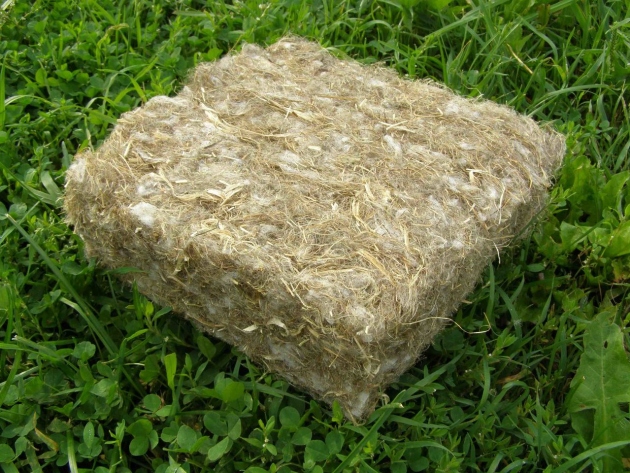
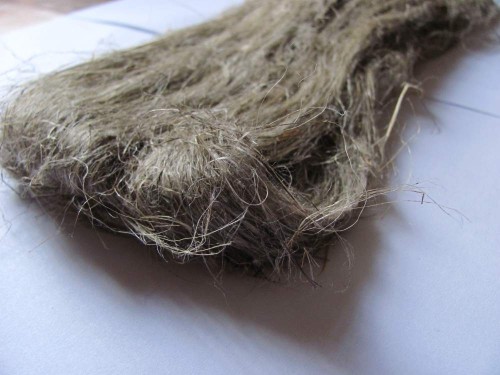
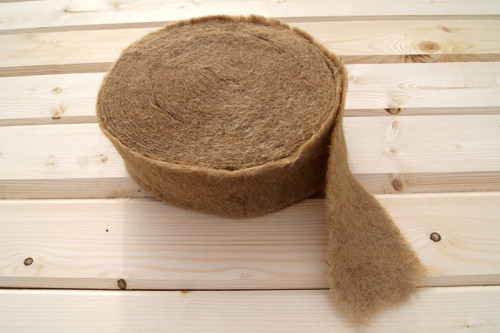
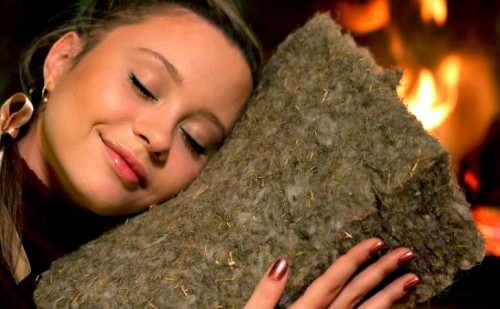
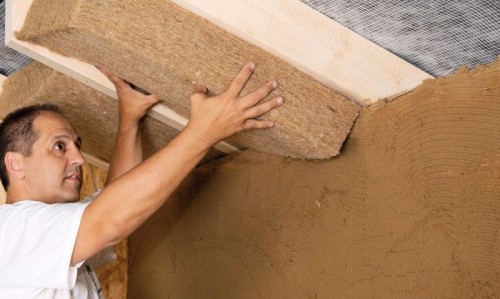

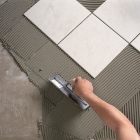


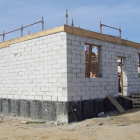
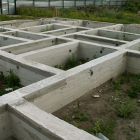


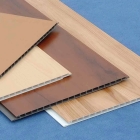
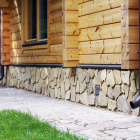
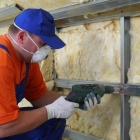
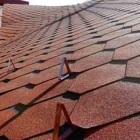
 Start a discussion ...
Start a discussion ...